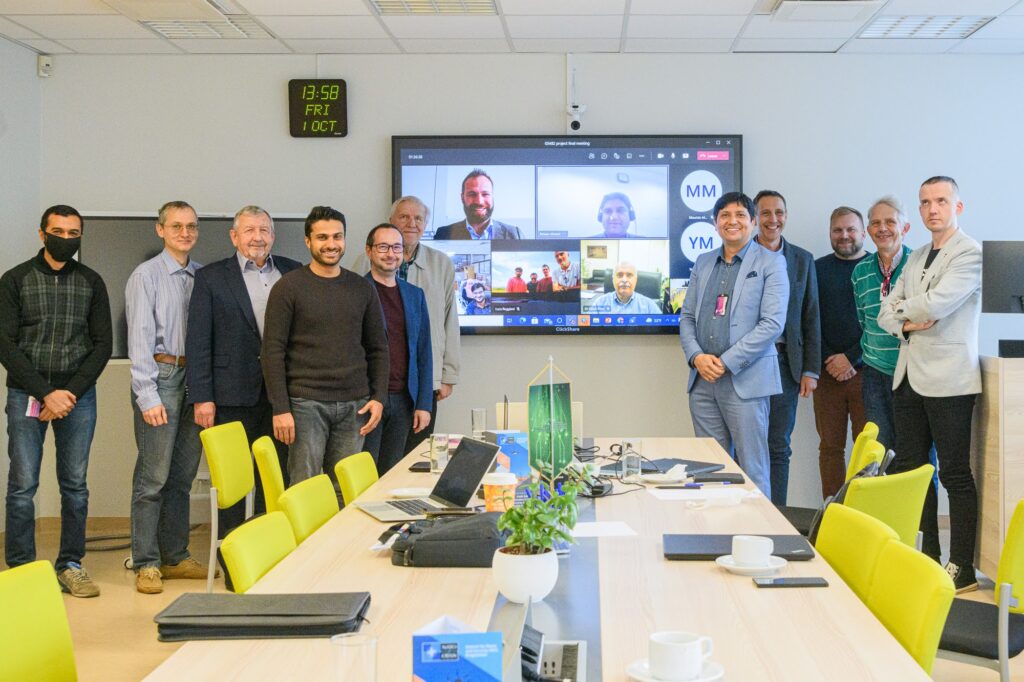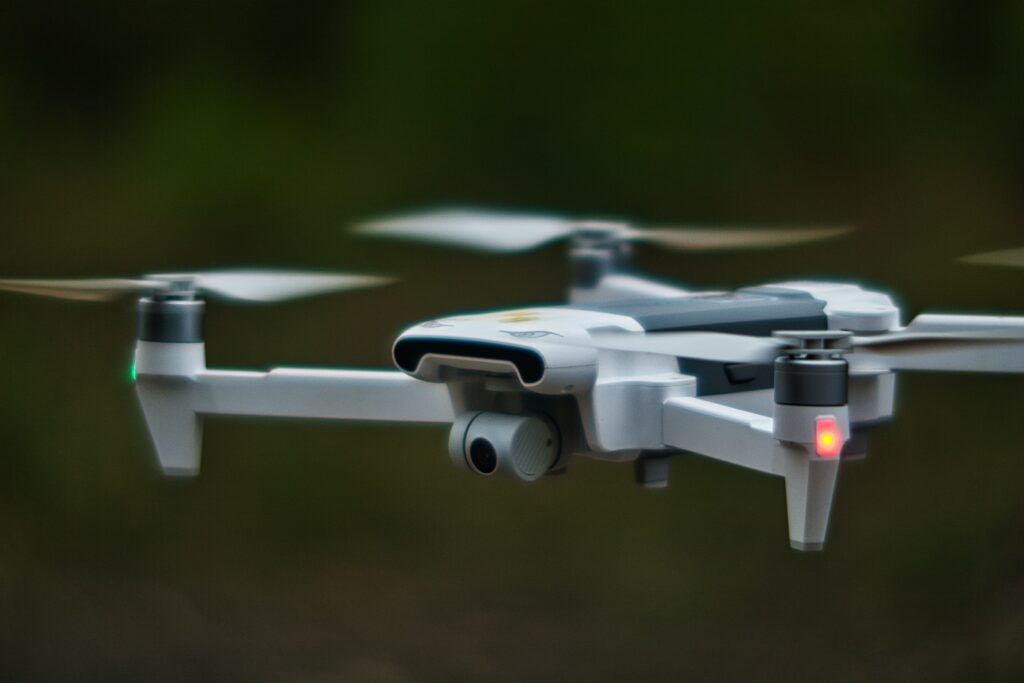Estonian researchers from Tallinn University of Technology completed a NATO-funded project to create an innovative solution for rescuing victims of terrorist attacks and protecting critical infrastructure with drones that will replace communications equipment damaged by the attack.
According to Muhammad Mahtab Alam, a professor at TalTech’s Thomas Johann Seebeck Department of Electronics, the threat of terrorist attacks remains a key security challenge in Europe and globally.
“The return of Taliban to power may lead to attacks not only in Afghanistan but also in Pakistan and Europe, for example. The techniques and experience developed in the project can provide a fast response to present and future national security challenges,” he said in a statement.
“Most terrorists target public and crowded places, such as shopping malls and airports, where it takes time to obtain information for rescue operations. We sought a solution to this problem with a research team,” Alam, who led a team of Estonian, Italian and Pakistani scientists and experts, added.

Victims can use their devices to provide information
The project looked at how to use communication technologies to acquire information needed for a rescue operation much faster and more automatically, using drones and various sensors, as well as victims’ smartphones and cameras.
“For example, people can use their own smart devices to send the information needed for a rescue operation, such as the number of people trapped, their location and the number of terrorists in the area, and drones replace communication equipment damaged by the attack,” the researcher said.
Rantelon, a designer, developer and manufacturer of electronic systems from Estonia, was also involved in the project, providing input and feedback for methods, technologies, and use cases.
Additionally, Pakistani government agencies and universities from Pakistan, Italy and the United Kingdom were involved in the project.
The project was funded by NATO’s Science for Peace and Security Program.
Cover: A drone. Photo by James Gibson on Unsplash. The image is illustrative.

